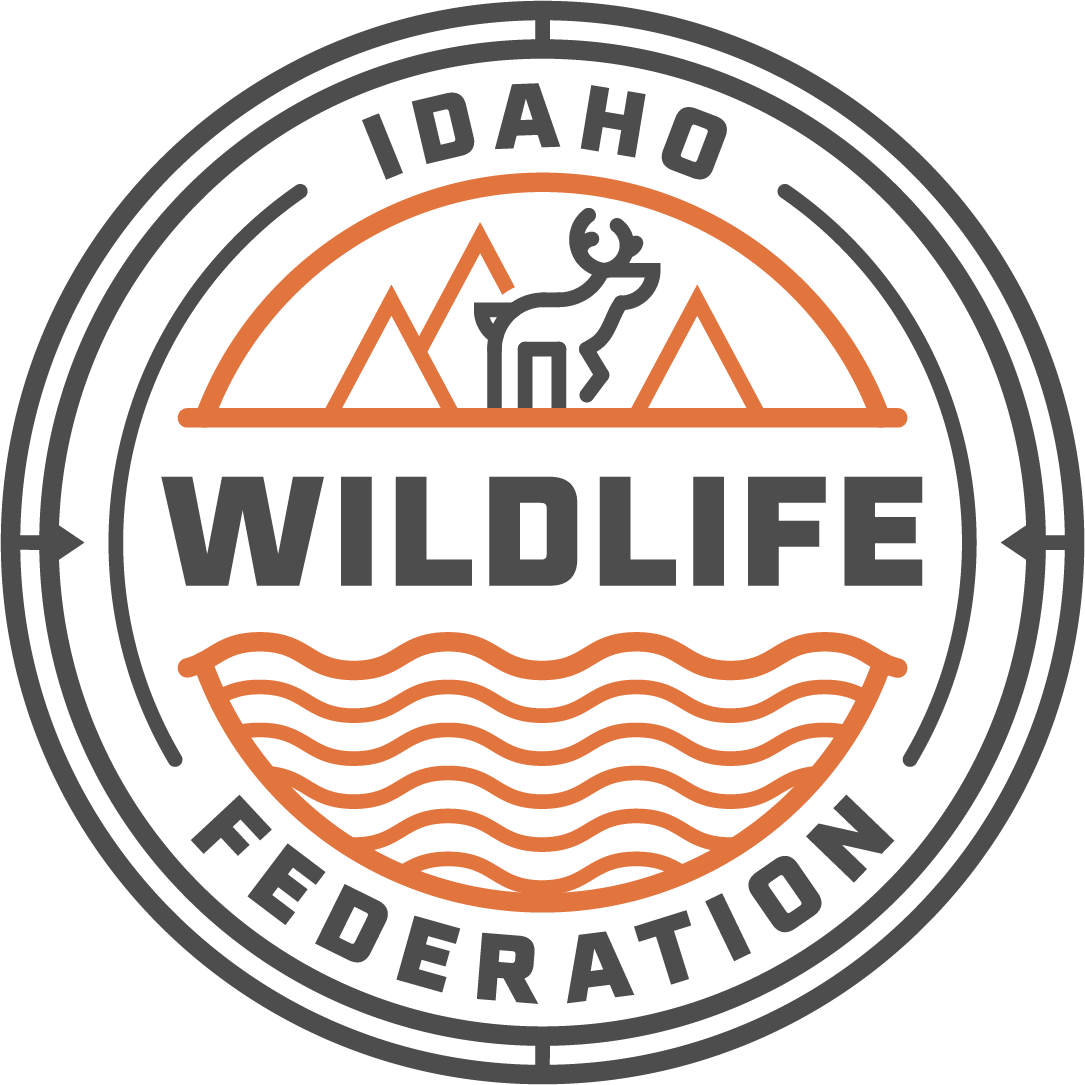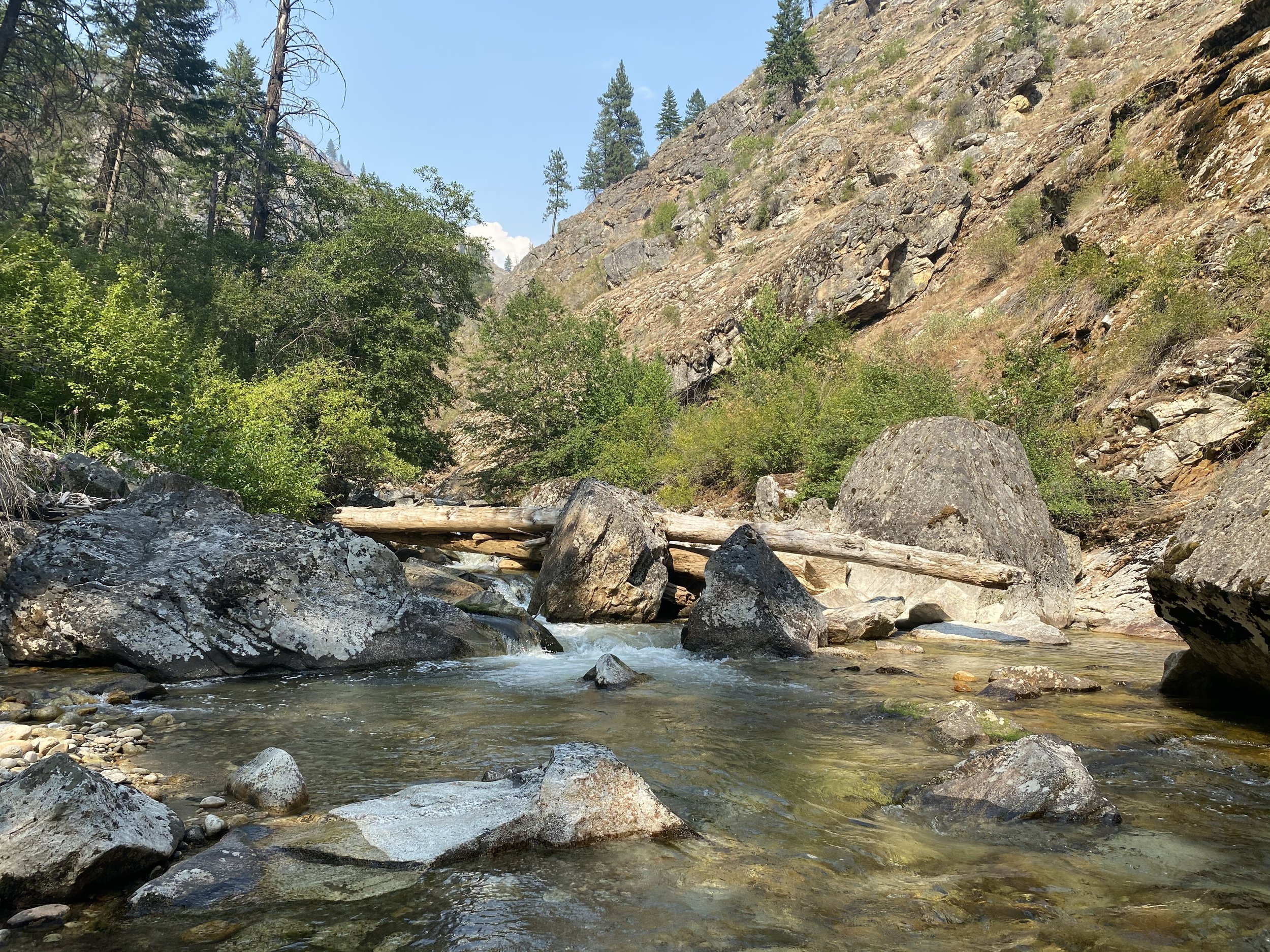IWF On Nez Perce-Clearwater National Forest Draft Record Of Decision and Revised Plan
The Nez Perce-Clearwater National Forest has recently released their Draft Record of Decision and Revised Forest Plan.
In the works for over a decade, the Nez Perce-Clearwater National Forest (NPCNF) first started their revision process in early 2012. Since then, there have been a number of opportunities for the public to comment and assist shaping this plan in a way that works for the wide variety of forest use interests. The most recent round of analysis was a formal objection period for parties who had previously commented at different stages of the planning process.
While this plan has many great components that IWF supports, there are also a number of concerns.
First, the Hoodoo Recommended Wilderness Area (RWA), in the upper reaches of the North Fork Clearwater River has a mountain goat population that has been on the decline in recent years. As recently as 2017, IDFG has issued two mountain goat tags in subunit 10-3 to the lucky sportsmen who managed to defy the odds and have their names drawn. Unfortunately, this population has seen recent reduction in population and there are no longer tags available for this area. IDFG cites snowmobile use, snow bikes, habitat loss, and climate change as threats to mountain goat persistence.
Multiple Fish and Game staff who’ve spent time flying over this area counting goats report that as illegal snowmobile tracks have been seen increasing in the area, goat numbers have inversely declined. IWF’s concern is that the revised forest plan removes important acreage from the southern portion of the Hoodoo RWA, in key mountain goat winter range and is allowing over snow motorized recreation into the area to accommodate this illegal snowmobile use. IWF’s objections were simple, asking for the forest to move the southern border back to the original boundary from the 1987 forest plan.
IWF’s next area of concern with the plan all revolve around wildlife (they use elk in the plan, but this applies to all wildlife) security from motorized travel. While the forest does a good job of talking about the importance of high quality nutrition and having large enough areas where wildlife can not be bothered from constant motorized recreation, these areas are not as connected as we would like to see.
Regarding wildlife security as it related to motorized travel, our comments were to simply combine these ideas and stress the importance of high quality nutrition in areas further than ½ mile from motorized travel routes which is the distance that much of the data points to as important for elk security.
Another major concern has to do with fisher and their status in the region. Fisher were petitioned for listing under the Endangered Species Act in 2013 and then again in 2016. The U.S. Fish and Wildlife Service (USFWS) announced there was substantial information that listing them may be warranted and that they were a genetically distinct population. While the USFWS found they are not in danger of extinction, which we at IWF agree with, we are concerned that implementation of the forest plan as written could threaten their existing non-listed status and therefore impact all management activities that occur in occupied or modeled fisher habitat. According to the forest's own analysis, modeled fisher habitat under their preferred alternative shows a 58% decline in preferred home ranges over the next 50 years.
For IWF, this is very concerning. Not only are we pushing the ragged edge for how much quality habitat for fisher is needed to simply avoid inbreeding and population persistence; if their modeling proves to be even a bit too optimistic, we fear this could trigger a potential ESA listing and change the way our forest is managed, especially in “roaded front country” where the vast majority of timber projects and quality fisher habitat overlap.
We feel this needs a closer look not only for the fisher themselves, but also for area residents who depend on the forests for both their income and recreation activities.
Our final objection was to the omission of Endangered Species Act (ESA) listed steelhead and Spring and Summer run chinook salmon in the list of species of conservation concern. While we understand that chinook were extirpated from the Clearwater River basin due to poor fish ladder design on the Lewiston Dam, they were not extirpated from the Salmon River and tributaries to it like the Rapid River, which is within the Nez Perce Clearwater National Forest boundary. Also, steelhead were never extirpated from either the Clearwater or Salmon Rivers. We struggle to see the justification for not having either of these important, federally listed fish species who use the rivers within the boundaries of the Nez Perce Clearwater National Forest.
Now, back to the waiting game. The objections received will now be reviewed at the regional office level and if the reviewing officer accepts any objections, a resolution must be achieved by the forest. If all goes well, the forest hopes to come to a decision by June of this 2024. While we wait, the Nez Perce-Clearwater National Forest will continue to operate on the original forest plan from 1987…….





